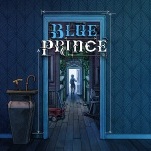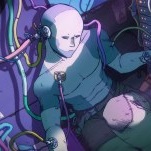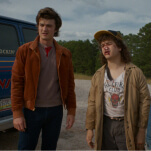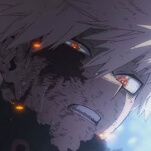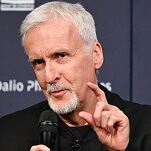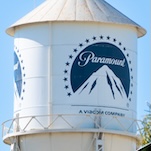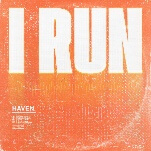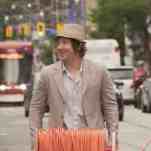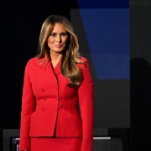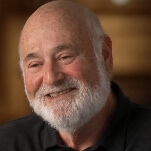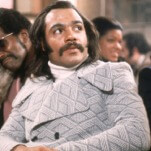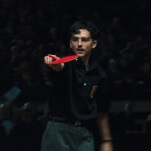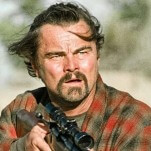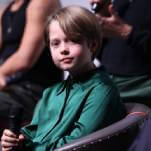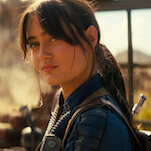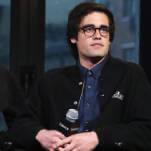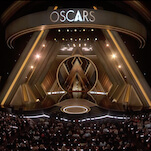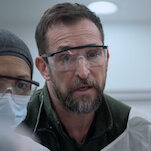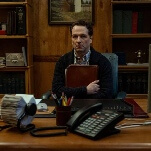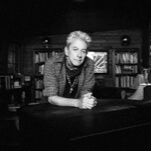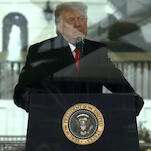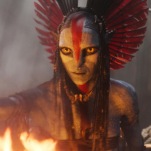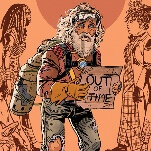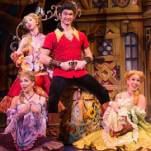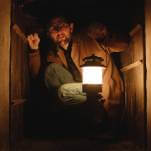The realistic present chips away at a romanticized past in Grand Tour
Miguel Gomes mixes documentary and screwball comedy to great effect in his playful, beautiful diptych.
Photo: Mubi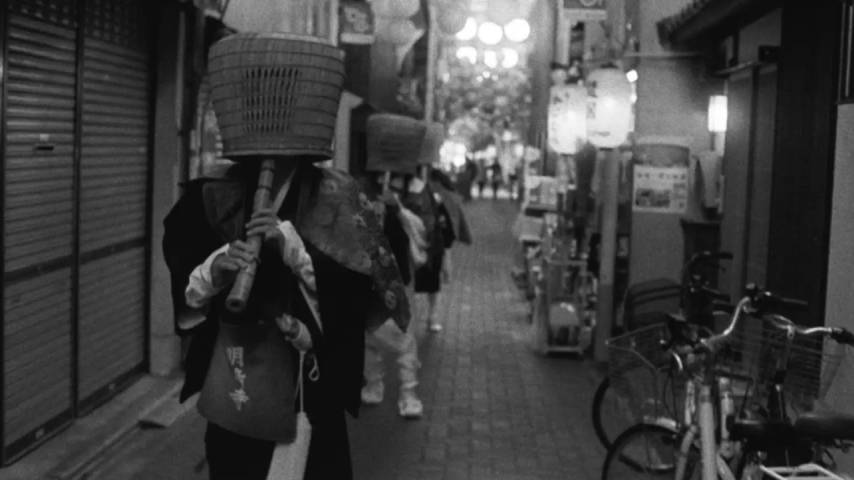
Miguel Gomes’ latest film is a rip-roaring journey through the imagined Asia of early 20th-century travelers and the traces of that world still left behind. Grand Tour plays on its title both by having it be the train tracks of the film’s story—which follows British civil servant Edward (Gonçalo Waddington) as he flees from his fiancée, Molly (Crista Alfaiate), across the path of the Asian “grand tour”—while also interspersing the narrative with documentary footage taken by Gomes and his team as they embarked on their own grand tour of the film’s real locations before writing the script.
Introduced sopping wet on a pier in Burma, Edward has thrown himself into a miserable picaresque of his own making, brilliantly realized in black-and-white 16mm on delicately detailed soundstages by Gomes’ regular cinematographer Rui Poças. Edward will stow away on boats, travel by foot through the wilderness, hide out in a Japanese monastery—anything to keep ahead of Molly, who despite it all still tries to pursue him.
In the press kit, Gomes describes Grand Tour as a classic screwball setup where man is the prey and woman is the huntress. However, a key difference is that the two don’t play off each other. In fact, their stories are told entirely separately, with Edward’s playing out in its entirety before Molly’s perspective begins. Waddington and Alfaiate do give classical performances: the former plays a traditionally dour man whose merit deteriorates over the course of the film, yet he somehow becomes more endearing at the same time; the latter runs around Southeast Asia with a quirkiness worthy of Claudette Colbert and Katharine Hepburn. The Portuguese actors play anglophones with the casualness of James Stewart and Margaret Sullavan pretending to be Hungarian in The Shop Around The Corner, heightening the artifice of Gomes’ exercise.
The documentary sequences provide a stunning textural contrast to the narrative body of Grand Tour. While the soundstage sequences were filmed by Poças, the non-fictional grand tour is largely shot by Apichatpong Weerasethakul’s regular cinematographer Sayombhu Mukdeeprom (who had a prolific slate of 2024 releases, also shooting Trap, Challengers, and Queer), with the exception of the China sequences, filmed during COVID lockdowns by Guo Liang. These moments at once strip the romantic orientalism inherent to using old-school Hollywood aesthetics and the world of turn-of-the-century traveler’s journals, and creates a curious modern memoir through a globalized Southeast and East Asia.

